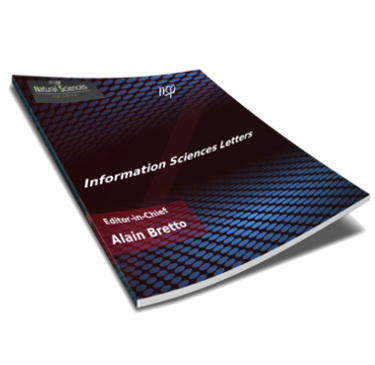
Information Sciences Letters
Abstract
In this work, we have investigated the evolution of diffusive pattern formation in a predator–prey model under type-III functional response. Using stability analysis, we receive the significant specifications for Turing instability (diffusive-driven instability), and with the help of these conditions, recognize the corresponding realm in the region of interest. Moreover, we present a qualitative analysis of growth and development actions that involves species distribution and their interplay of the spatially distributed populace with diffusion and obtain the conditions for spatial patterns like spots, spot-stripe, and stripes. Using weakly nonlinear analysis, we derive the equations of amplitude for slow modulation near the Turing boundary. By the series of numerical simulations, we receive intricate spatial patterns, particularly spot, stripe, and spot-stripe in the Turing realm. The consequences of this paper are general in the real world and can be used to investigate the impact of self-diffusion on other predator–prey systems. It will improve our understanding to understand the dynamical behavior of realistic models.
Recommended Citation
Singh, Teekam; Dubey, Ramu; Narayan Mishra, Vishnu; and Abdel-Aty, Mahmoud
(2021)
"Modeling of Diffusive Patterns in Predator–Prey System using Turing Instability and Amplitude Equations,"
Information Sciences Letters: Vol. 10
:
Iss.
1
, PP -.
Available at:
https://digitalcommons.aaru.edu.jo/isl/vol10/iss1/2

